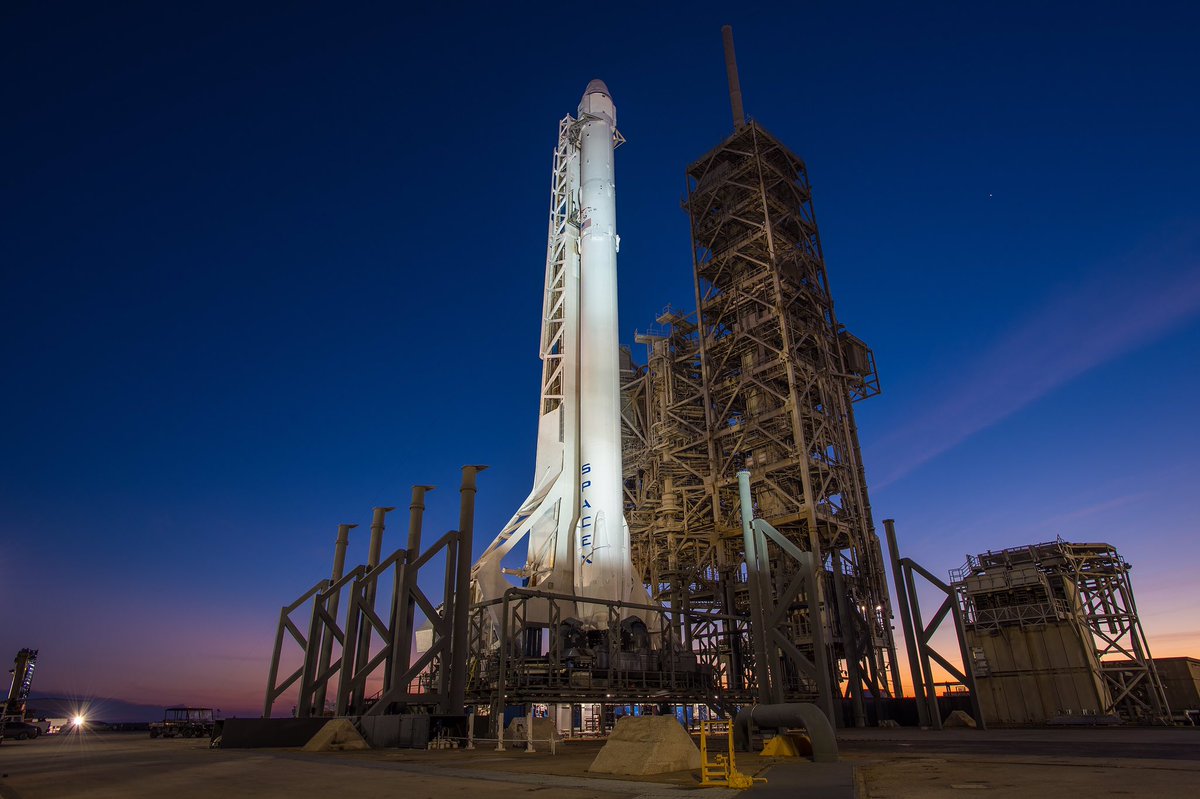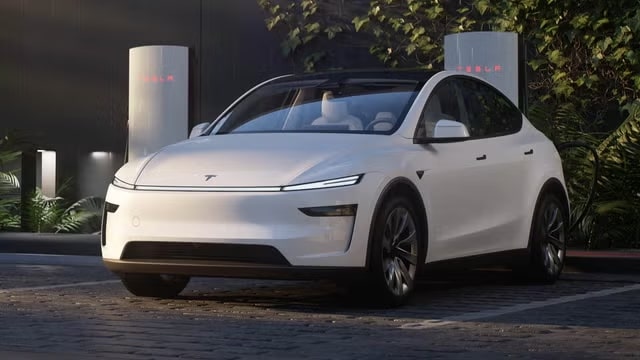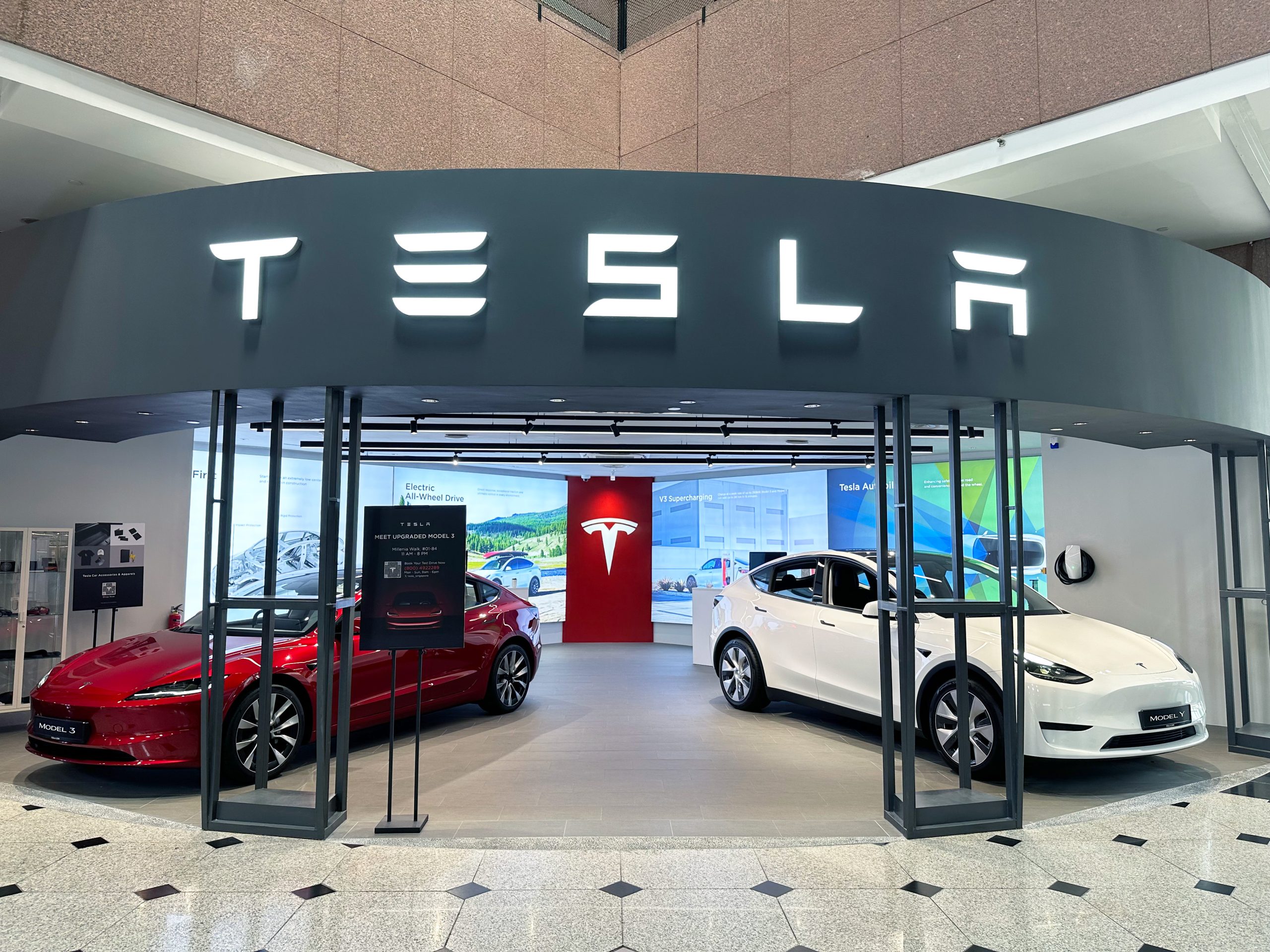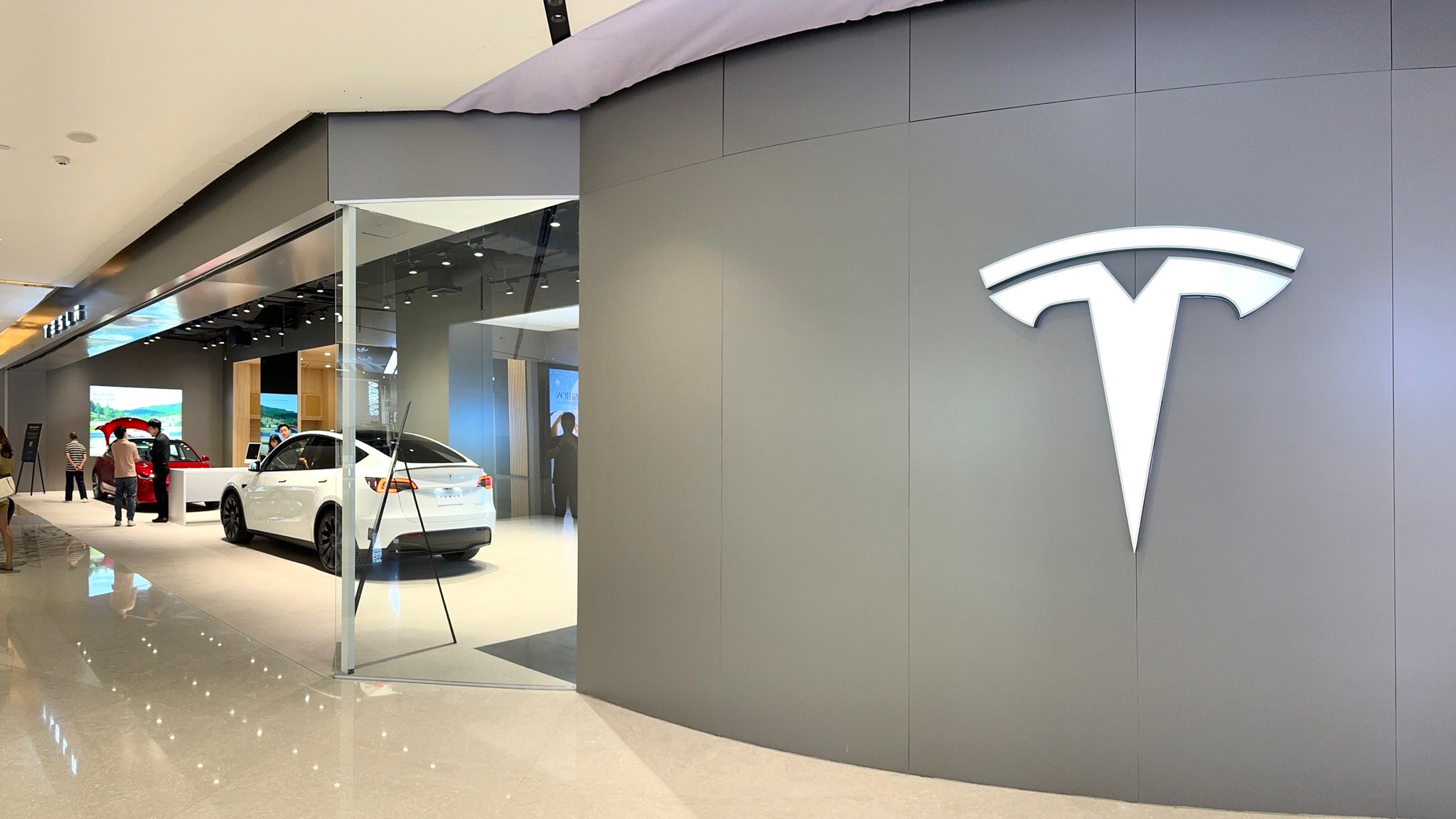News
SpaceX prompts ULA to slash price of Atlas space missions

The United Launch Alliance has cut the price tag for an Atlas V launch by more than a third in response to increased competition from SpaceX.
SpaceX made an early push into commercial and government space flights with the primary selling point being lower fixed costs. A 2014 senate hearing attended by Elon Musk pitted newcomer SpaceX against the incumbent ULA with pricing being one of the major talking points. Musk made the case that SpaceX could perform the same task as ULA but at a cost of $90 million per launch as compared to ULA’s cost of $380 million per launch, potentially saving taxpayers billions.
Fast forward 3 years and ULA has changed its tune in response to the proven performance of SpaceX. Add to the mix the lower costs lurking just around the corner as a result of proven reusability of SpaceX’s first-stage Falcon 9 booster and the imminent threat of Jeff Bezos’ Blue Origin, and one can consider the ULA as being truly up against the wall. It’s either cut costs or fade into the twilight for ULA.
ULA CEO Tory Bruno added some color to the picture at the U.S. Space Symposium in Colorado Springs this week, saying “We’re seeing that price is even more important than it had been in the past.” This 180-degree shift in perspective shows that SpaceX has been a wake up call for long-standing industry relationships, and that ULA was not presented with much choice except to cut pricing. “We’re dropping the cost of Atlas almost every day. Atlas is now down more than a third in its cost,” Bruno said.
More recent pricing figures put the base price of an Atlas V launch at $109 million which is a significant premium over the price of a SpaceX Falcon 9 launch which start at $62 million per launch, according to the SpaceX website.
With SpaceX and Blue Origin having already proved the ability to self-land rockets, ULA has its work cut out if it wants to continue to stay relevant in future launches. Reusability promises the ability to lower the price per launch while at the same time increasing the frequency at which launches can take place. SpaceX made history again last week after using a previously flown rocket and landing it back onto the “Of Course I Still Love You” drone ship at sea.

News
Tesla contract with Baltimore paused after city ‘decided to go in a different direction’

Last Summer, Tesla landed a $5 million contract with the City of Baltimore for a fleet of electric vehicles for the local government. However, Mayor Brandon Scott decided to pause that investment in September after the City “decided to go in a different direction.”
This is according to John Riggin, spokesman for the city’s Department of General Services. Riggin confirmed that the contract with Tesla has not been fulfilled, and Baltimore is going with other options for the time being:
“No Tesla units have been ordered, and none are in the City’s fleet.”
It now seems that the contract, which was set to be run until 2027, is not really a typical “contract” in the sense of the word. Riggin said the city is not obligated to spend the money for vehicles from Tesla, and that it is evaluating offerings from a variety of OEMs, including Ford and General Motors.
Tesla chosen over Ford for $5 million Baltimore City EV fleet
Riggin said the value of the contract is more of a ceiling and not necessarily an obligation to spend the committed amount in full.
The contract has not been canceled officially, but City Comptroller Bill Henry said to the Baltimore Sun that it has gone back to purchasing Mustang Mach-Es from Ford, the vehicle that was snubbed for Teslas back in July when things were initially decided.

The timing of the pause is interesting, and it does not seem to have anything to do with CEO Elon Musk’s direct involvement with the Trump administration, although the EV maker’s frontman was already vocalizing his distaste for the Democratic White House run by the Biden Administration.
Baltimore has a citywide goal of achieving carbon neutrality by 2045, and has used EVs in its fleet for several years to reach that goal. It plans to electrify the city vehicle fleet by 2030.
News
Tesla at risk of 95% crash, claims billionaire hedge fund manager
Tesla stock has been extremely volatile as of late amidst souring sentiments over CEO Elon Musk’s political leanings.

Christer Gardell, a Swedish billionaire and hedge fund manager, issued a stark warning about Tesla stock and what he believes are bubbles in the stock market. The billionaire’s insights about Tesla were shared during an interview with EFN.
Tesla stock has been extremely volatile as of late amidst controversies and souring sentiments over CEO Elon Musk’s increasingly political leanings.
Alleged Tesla (TSLA) risks
Gardell did not mince words about Tesla, stating that the electric vehicle maker’s valuation could drop as much as 95% due to the “circus” surrounding its CEO.
“Tesla, especially now with the whole Musk circus going on everywhere, is probably the most expensive stock on the global stock exchanges right now. It could go down 95% – and maybe it should go down 95%,” he said in the interview.
The Swedish billionaire sees Tesla as fundamentally a car company. Thus, he does not understand why the market has given the EV maker such a high value. For context, the Tesla story has been changing in recent years, with the company growing its energy business and delving into AI and robotics.
Gardell Slams “Eternal Bubble“
Gardell believes the EV maker has become a poster child of sorts of a market that has become speculative, where share prices do not reflect true valuations anymore, as noted in a CarUp report. The hedge fund manager noted that in Tesla’s case, this “eternal bubble” should have burst long ago.
“I have commented that it should have burst over the past five years, but it still hasn’t. The valuation is incomprehensible,” he explained. The hedge fund manager, however, noted that once the crash happens, the decline would be dramatic.
“It’s always hard to say when. It could happen in a month, six months, a year, three years, or five years – it’s impossible to answer. Because there’s so much money dominating the stock market now, and they don’t care about the value of the shares, they speculate on price movements,” he said.
U.S. Stocks Overpriced, Europe Offers Value
Looking beyond Tesla, Gardell flagged broader risks in the U.S. stock market, which he described as significantly overvalued. “American stocks have received very large flows recently. If you look at the American stock market, it is very expensive, both from a purely absolute perspective and from a historical perspective,” he stated.
In contrast, Gardell touted European stocks as a more attractive option for investors. “And the difference between American stocks and European stocks has never been greater. Normally, European stocks have had a discount of 20%, now it is 40%. And that is too high,” he noted.
News
Tesla store shooting incident under investigation

Oregon police are investigating a shooting incident involving a Tesla store.
A Tesla store in Tigard, a city southwest of Portland, was vandalized around 2:00 am on Thursday, March 6.
“The damage was discovered by employees who arrived for work this morning (3/6/25) at the dealership on SW Cascade Avenue. Investigators believe at least 7 shots were fired, damaging 3 cars and shattering windows. One bullet went through an office wall and into a computer monitor. Fortunately, this happened overnight when the property was unoccupied,” stated a Tigard Police report.
Crime scene technicians and investigators are gathering physical and video evidence of the shooting. Tigard Police did not officially announce a motivation for the shooting at the Tesla store. However, they acknowledge that a few Tesla locations have been targeted across Oregon and the nation.
Tesla locations across the United States and abroad have been experiencing attacks recently. Most of the company’s locations experience arson attacks. For instance, in France, around a dozen Tesla vehicles were reportedly torched in a suburb near Toulouse. Meanwhile, in Massachusetts, a few Tesla Superchargers were allegedly set on fire near a shopping center. Tesla protests have also started in various locations.
Police have not provided an official reason or motivation for all the arson attacks and the Oregon shooting because they are still under investigation. However, Elon Musk is definitely at the root of the matter.
Elon Musk has recently found himself the target of plenty of ire in the United States and Europe. Tesla is taking the brunt of all the anger pointed toward Musk.
-

 News4 days ago
News4 days agoSpaceX announces Starship Flight 8’s new target date
-

 News2 days ago
News2 days agoTesla at risk of 95% crash, claims billionaire hedge fund manager
-

 News2 days ago
News2 days agoTesla contract with Baltimore paused after city ‘decided to go in a different direction’
-

 News5 days ago
News5 days agoTesla launches fresh U.S. promotions for the Model 3
-

 Elon Musk6 days ago
Elon Musk6 days agoTesla mulls adding a new feature to fight off vandals as anti-Musk protests increase
-

 Elon Musk3 days ago
Elon Musk3 days agoTesla UK sales up over 20% despite Elon Musk backlash
-

 News4 days ago
News4 days agoOne dozen Teslas burn in arson attack in France, investigation underway
-

 Lifestyle3 days ago
Lifestyle3 days agoElon Musk seemingly confirms Cybertruck gift to 13-year-old cancer fighter



